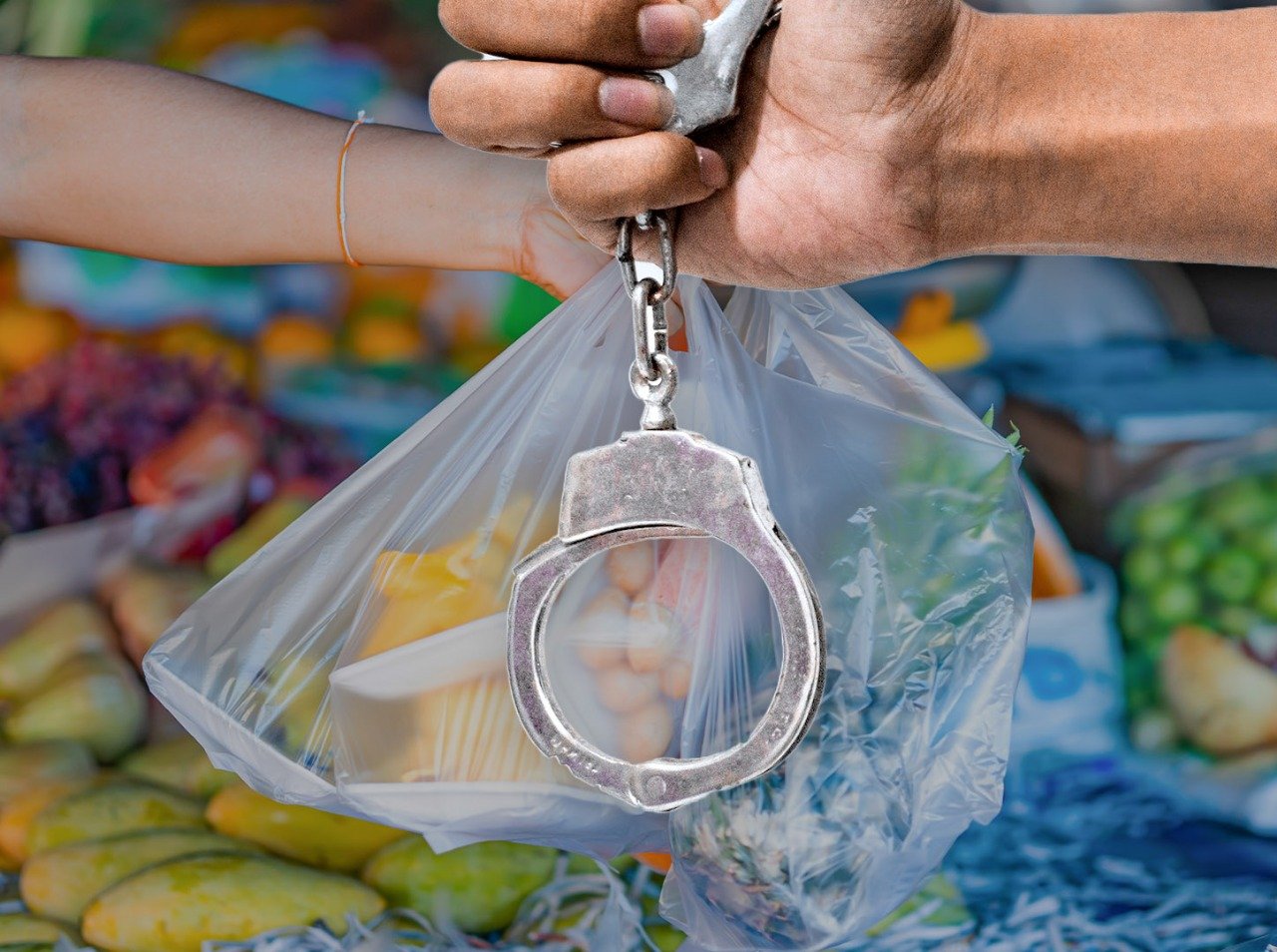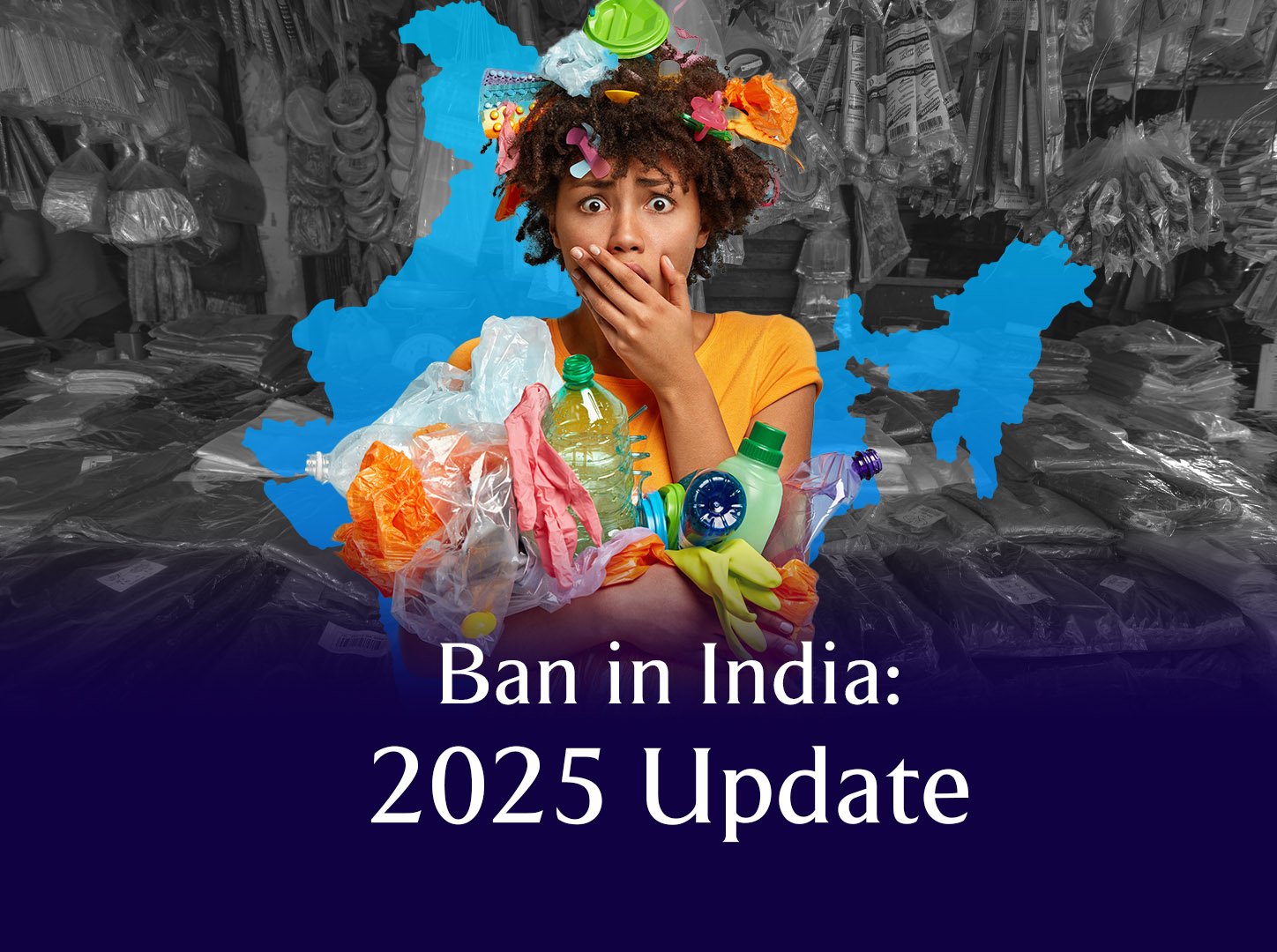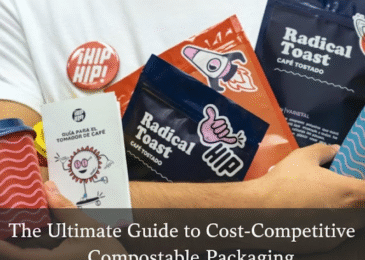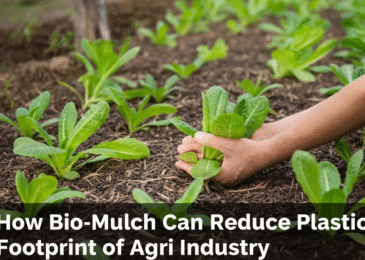We must begin with a simple fact: single-use plastic is everywhere.
It is used once, thrown away, and almost always ends up in our landfills, rivers, or oceans.
Think of the plastic straw with your last juice, the carry bag from a roadside shop, or the thin plate from a street-side snack vendor.
Yes, each of these items is designed for convenience, but the problem is their “use and toss-away” nature.
None of the aforesaid items break down naturally.
Instead, they pile up. They block drains, choke animals, leach toxins into soil and water, and even work their way into our food.

India generates a staggering 9.4 million tonnes of plastic waste every year, with about 40% of it simply not collected by any system.
That means it’s all around us—on streets, in rivers, and out at sea.
The Plastic Waste Management Rules (put into force in July 2022 and amended recently in July 2025) mark a much needed turning point.
The government identified the most problematic plastics (those with “low utility and high littering potential”) and targeted them for a nationwide ban.
Why is this important?
- Because unchecked plastic pollution damages our health, our ecosystems, and our economy.
- Because India, as a nation, is saying: “enough is enough” to this problem.
And that’s not just policy. It’s a social and environmental necessity.
As we grasp the “why,” it’s only natural to ask, which plastics are now banned? Let’s get specific.
Which Single-Use Plastics Are Banned in India?
The list of banned single-use plastics in India is clear.
As of July 2025, you can no longer manufacture, import, stock, sell, or use:
- Plastic sticks for earbuds, balloons, and flags
- Plastic candy and ice-cream sticks
- Polystyrene (thermocol) decorations
- Plastic cutlery: plates, cups, glasses, forks, spoons, knives
- Plastic straws and stirrers
- Wrapping or packaging films (for sweet boxes, invitations, cigarette packets)
- Plastic banners under 100 microns
Plastic carry bags faced a phased-out ban:
- Less than 75 microns: banned from September 2021
- Less than 120 microns: banned from December 2022
To put it simply, if it’s a thin, disposable, single-use item, chances are, it’s banned.
Are there any exemptions?
- Yes. If a product is made from compostable plastics and certified under IS/ISO 17088, it’s allowed.
- Certain essential packaging (like food or medical use) isn’t outright banned, but is now regulated differently under India’s plastic waste rules.
What about the 2025 update? Instead of adding new bans, the government is focusing on enforcing and tracking the rules already in place.
Understanding the banned items is important, but the story doesn’t end with a list. So, what’s changed with the new rules in 2025?
What’s New in the 2025 Plastic Ban In India?
The real leap in 2025 isn’t in new bans, but in how the law is enforced (with digital traceability and accountability).
Here’s what’s new:
Mandatory QR codes/barcodes
Starting July 1, 2025, every piece of plastic packaging must have a QR code or barcode. This is so every product can be traced directly to its manufacturer or brand.

Extended Producer Responsibility (EPR) has been strengthened
Packaging producers and brand owners are required to collect and recycle the exact amount of plastic they introduce into the market. Also, they need to use more recycled content in their packaging (as per IS 14534:2023 standards). There are penalties for missing on these compliances, which include monetary fines and, for serious violations, prosecution under the Environment (Protection) Act.
Labeling clarity
If packaging is made with recycled or compostable plastic, it has to be clearly marked and certified.
These changes are making it much harder for violators to slip through the cracks.
Who Is Required To Follow the Single-Use Plastic Ban?
The answer is: everyone in the supply chain, from factories to shops to consumers.
Let’s break it down:
For Manufacturers and Producers
- If you make plastic items, you cannot manufacture or supply any banned single-use product.
- Licenses of manufacturers who are flagged for non-compliance can and will be suspended.
- Even suppliers of plastic raw materials are on the hook: supplying resin for banned products is illegal.
For Importers
Packaging importers can’t bring in banned plastics from abroad.
For Brand Owners and Retailers
- If you have been using single-use plastics for your products (like a straw with a juice box), you must switch to alternatives or stop offering them.
- Retailers (from big stores to street vendors) cannot stock or hand out items that are non-compliant with the amended version of the plastic packaging law in India.
- E-commerce platforms are responsible for product listings, which means it is their responsibility to ensure the products don’t disobey the single-use plastic ban.
For MSMEs
The government is offering support for small businesses with technical training (CIPET), expos on eco-alternatives to plastic items, and even soft loans for switching over to compliant materials.
For Consumers
Enforcement doesn’t target individuals. However, everyone is urged to stop using banned plastics and shift to reusable or certified compostable alternatives.
In summary, the law touches every point in the supply and use chain, and each link must play its part.
Now, knowing who is responsible, a natural question arises—how is the ban actually enforced, and what happens if you don’t comply? That’s what we’ll explore next.
How Is the Ban Enforced? What Are the Penalties?
The real test of any law isn’t what’s written on paper, but how it’s put into action.
The enforcement of the plastic ban in India is a multi-layered effort:
- The Ministry of Environment (MoEFCC) sets the framework, but on the ground, the Central Pollution Control Board (CPCB), State Pollution Control Boards, and local authorities lead regular inspections and surprise raids at factory gates and market stalls.
- Special Task Forces operate in every state, to coordinate enforcement and report progress centrally.
- Customs officers and border checkpoints are on alert to stop banned items from entering India or moving illegally between states.
- Even the public can help: anyone can report violations using the CPCB’s grievance app.
When violations are found, the consequences are real:
- Fines can reach ₹1 lakh for each offense; severe or repeated violations can mean imprisonment (up to five years under the Environment (Protection) Act).
- Authorities seize banned stock and can even shut down non-compliant factories.
- For missing EPR or recycled content targets, companies face environmental compensation (fines that fund further plastic waste management).
To illustrate: In the very first month, more than 775,000 kg of illegal plastics were seized, with over ₹5.8 crore collected in penalties across India.
So, the message is clear: non-compliance isn’t worth the risk.
But enforcement is just one side. The other side is reality on the ground—what challenges do we still face?
What Challenges Does the Ban Face?
No policy is perfect from day one, and the single-use plastic ban in India faces real-world hurdles. Here is an overview of these challenges.
- Compliance is strong in the organized retail sector. But in crowded markets, small shops, and street corners, banned plastics are still in use by shopkeepers who either don’t know about the law, or are unable/unwilling to comply.
- A study conducted by Toxics Link has found that even a year after the ban, 64% of market sites still had banned plastics, with Delhi among the worst, at 88%.
- Some banned items are still made or smuggled from states with less strict enforcement.
- For many consumers and vendors, using single-use plastic is still an ingrained behavior. Awareness campaigns are helping, but habits are slow to change, especially when alternatives cost more or aren’t widely available.
- Not every city has the facilities needed to recycle or compost alternative packaging waste. And sometimes, supposedly “reusable” thicker bags are still used once and thrown away.
Yet, these challenges are not permanent. With every enforcement drive, public campaign, and investment in alternatives, India is inching towards a cleaner, safer future.
Of course, all these efforts hinge on one crucial factor: do we actually have viable, eco-friendly alternatives to single-use plastics?
What Are the Best Alternatives to Single-Use Plastics in India?
Today, Indian markets and companies are seeing a real shift which is driven by science, entrepreneurship, and policy support:
- Compostable plastics (IS/ISO 17088 certified): Made from corn starch or sugarcane, these can look and feel like plastic, but break down naturally if sent to the right composting facilities.
- Natural fibers:
- Cloth bags (cotton, jute) are back in fashion, sometimes even provided for free at shops.
- Palm leaf and banana leaf plates have replaced plastic plates at countless weddings and street-food stalls, especially in southern India.
- Bagasse tableware: Plates, cups, and containers made from sugarcane waste—sturdy, heat-resistant, and fully biodegradable.
- Wood, bamboo, and edible cutlery: Wooden spoons and forks are now the norm in many restaurants. Some companies even offer edible spoons made from millet or wheat.
- Reusable solutions: Stainless steel, glass, and hard plastic containers or cups, plus deposit-return systems for packaging, are gaining ground.
- Startups and MSMEs: New ventures are offering innovations like water-soluble bags, mycelium-based foam, and more.
The government is supporting these trends with technical help (CIPET), soft loans, and “plastic parks” where new materials and products can be scaled.
At Ukhi, we believe in taking it even further.
Our EcoGran™ biopolymer (made from agri-waste like hemp, nettle, and flax) is designed to replace traditional plastics across multiple applications. It is made to marry performance, affordability, and rural impact for real, scalable change.
But all these efforts mean little unless the entire nation moves forward together. And here, India is taking a bold leadership position.
How Is India Leading in the Fight Against Single-Use Plastics?
The plastic ban in India is a national movement.
- We’re one of the world’s largest economies to enforce such a comprehensive ban, which impacts over a billion people, thousands of industries, and millions of small businesses.
- Our approach is unique: we combine bans with digital traceability, EPR, and robust public campaigns.
- Government leadership is unwavering. There have been no reversals, only tougher rules and global partnerships (including with France and UN plastic treaty negotiations).
- India’s innovations like QR code traceability and homegrown biopolymers are becoming global models.
As we look ahead, it’s clear: if India can turn the tide on plastic, the world can follow. The time to act is now, and every innovation, every partnership, and every citizen’s choice matters.
Frequently Asked Questions
1. How much micron plastic is allowed in India in 2025?
Only plastic bags of 120 microns or above are allowed from 2025. Thinner single-use bags are strictly banned nationwide.
2. What single-use plastics are banned in India now?
India bans single-use plastic items like plastic cutlery, straws, plates, cups, stirrers, polystyrene decorations, and thin plastic bags below 120 microns.
3. Is India heading to ban all single-use plastics?
Yes. India’s 2025 rules ban most single-use plastics, and stricter enforcement now covers all production, sale, and use across the country.
4. What is the new rule for plastic packaging in 2025?
All plastic bags and multilayered packaging must carry a barcode or QR code from July 1, 2025. This makes every pack traceable and compliant.
5. What are the penalties for violating the single-use plastic ban?
Violators face ₹1 lakh fine or up to 5 years jail for breaking India’s single-use plastic ban. Repeat offenders get even stricter penalties.






